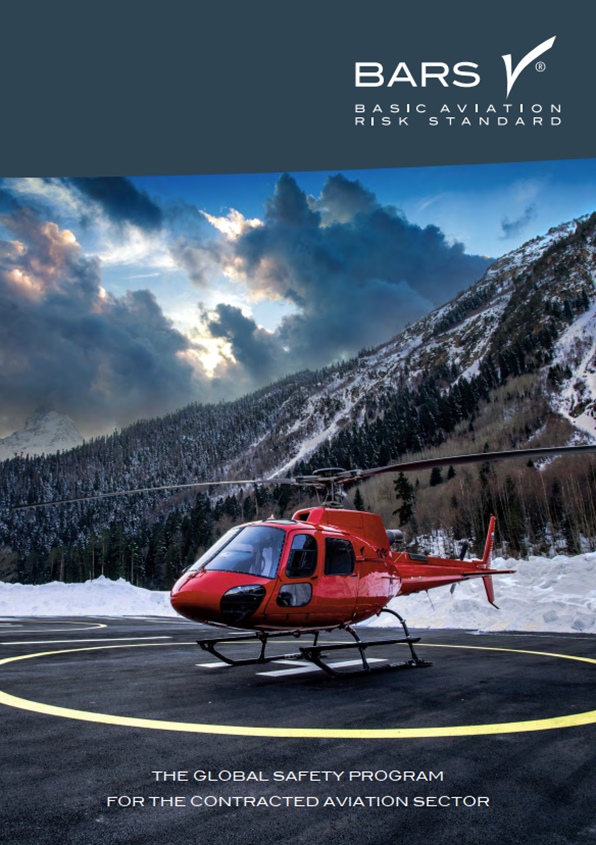History of the BARS Program
History
In the past, Resource companies each had their own aviation safety standard and would engage aviation service providers to transport staff to work sites at their own expense. There was no single industry aviation standard to manage their aviation risk. The variety of standards meant that aircraft operators underwent multiple annual audits creating unnecessary burden. There was no formal process by which safety audit results, accident data or safety findings could be shared between the companies or across the resource industry.
In 2010, resource industry giants BHP and Rio Tinto came together and approached the Flight Safety Foundation as an independent, impartial, not-for profit organization to collaborate in establishing a global aviation safety assessment and audit protocol. The 12 founding BARS Member Organizations then worked with the Foundation over twelve months to develop the BARS Program and turn it into the international Aviation Safety Program it is today.
Today
The BARS Program Office today publishes five Standards in several languages, together with Implementation Guidelines, and delivers a number of training courses. The BARS Program has grown in membership and expanded from the resource and mining sectors to include government, insurance, commercial, defence and humanitarian organizations who also conduct global aviation activities in remote locations. It is active worldwide, with aircraft operators in contracted aviation services represented throughout every continent. The Audit Program is supported by training elements, data analysis and a suite of aviation Standards covering helicopter external loads, remotely piloted aircraft systems, offshore helicopter operations, night vision goggle operations, emergency medical services operations, aerial geophysical survey activities, aerial mustering and air dropping.
The BAR Standards
Browse and download The BAR Standards in one easy step as pdf’s.



